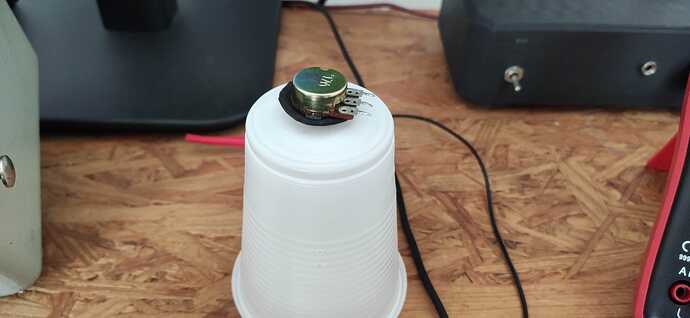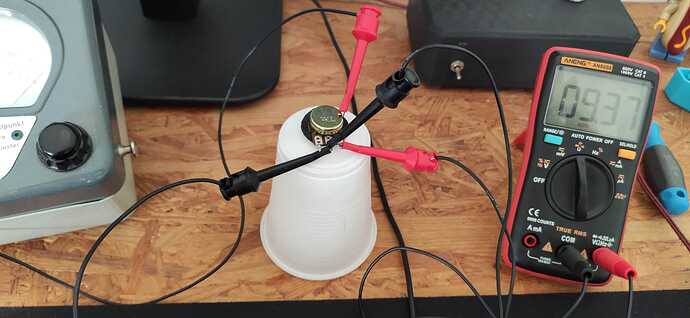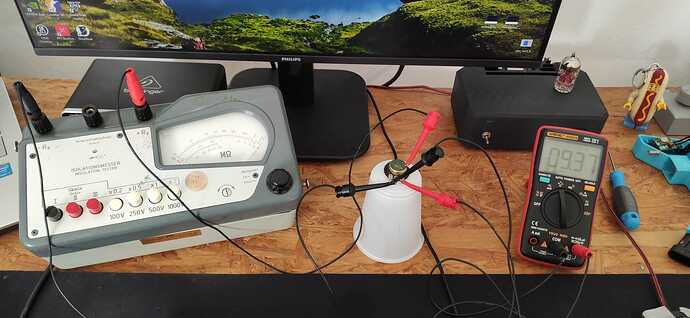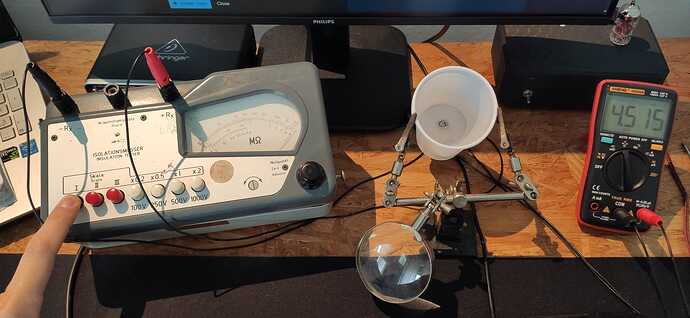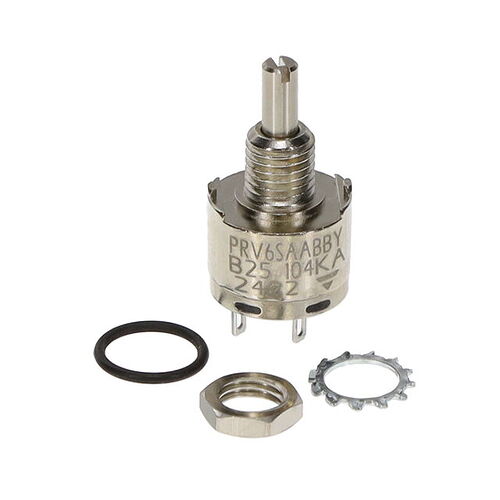In my first DIY remote attempt, I underestimated the waterproofing of the electronics and 3D-printed parts, so this time I decided to conduct further tests. Most commercial and DIY remotes use linear Hall effect sensors. I’m not sure why, but I think it’s because they’re inexpensive and easy to waterproof due to magnetic coupling. After some experiments, I noticed that they are not very reliable. Linearity over distance is not excellent due to the magnetic field pattern. They need calibration at startup, and they remain very susceptible to external electromagnetic interference even after that. At this point, I started thinking about safer, easier-to-waterproof solutions, such as a strain gauge or a load cell. But then I asked myself, Why can’t I use a simple potentiometer? Some time ago, I opened one up and noticed that the shaft was tightly attached to the structure and filled with grease. Today, I decided to conduct some tests to see how poorly a non-waterproof potentiometer performs underwater and post the results here in case anyone is interested.
The potentiometer is attached to a plastic cup with a nut and sealed on the bottom with a rubber gasket to prevent leaks. At this point, only the junction between the shaft and the case is exposed to water.
The multimeter measures the resistance between the wiper and one terminal of the potentiometer. The insulation tester is attached between the wiper and the metal case. If the potentiometer experiences a change in value or loss of insulation while submerged in plain or salted tap water, the test is considered failed.
In the first test, the potentiometer is submerged in cold tap water. Then, the shaft is rapidly turned approximately 10-15 times every half hour using a screwdriver. The minimum, middle, and maximum values are noted. Isolation is tested at 250 VDC. After more than two hours, no change in value or isolation was noted. In the picture, the potentiometer is set to approximately the middle position. While pressing the test button, the needle of the insulation tester experiences no movement (infinite resistance).
According to Wikipedia on average, seawater has an average salinity of about 3.5% (35g/L), so in the next test i submerged the potentiometer in 100mL approximately 3.5%, salt solution, and repeated for the next 2 hours the same procedure.
Conclusion: From the pictures, it’s unclear, but the resistance values (min/max) remained constant throughout the test and the insulation between the wiper and the external case never broke down. I don’t know what material the case is made of, but after four+ hours, there was no visible corrosion and no trace of water was found inside. Since I didn’t perform any tests involving vibration, I don’t know if these results remain valid. In my opinion, this ultra-cheap potentiometer performed well considering the price. Maybe pairing it with a generic 433 MHz, an Arduino and a well-sealed 3D-printed case could result in a good remote for under 15 euros.

